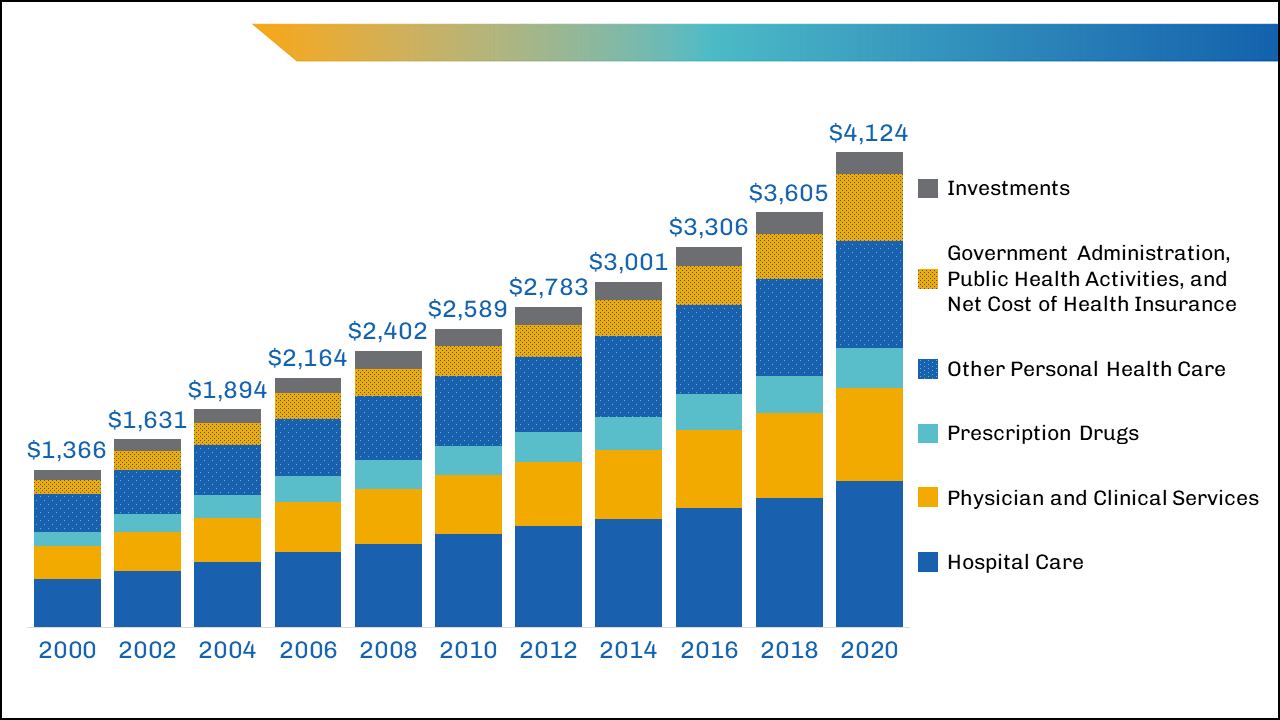Healthcare RCM Tools to Make Best Use Of Earnings and Lessen Denials
Healthcare RCM Tools to Make Best Use Of Earnings and Lessen Denials
Blog Article
A Comprehensive Overview on Just How Healthcare RCM Works to Improve Billing and Collections
Navigating the intricacies of health care revenue cycle monitoring (RCM) is critical for providers intending to boost their payment and collections procedures. The overview unloads the details of RCM, from client registration to receivables management, providing understandings into maximizing each action. Incorporating advanced modern technology and standard treatments can considerably decrease case denials and speed up payment cycles. Yet, real challenge hinges on seamlessly combining these elements to boost money circulation. As we discover the core elements and techniques that drive performance, one question stays: how can health care entities best position themselves to flourish economically in an ever-evolving industry?
Understanding Income Cycle Administration
RCM is a crucial administrative feature that incorporates the whole monetary process of patient treatment, from the initial consultation establishing to the last repayment of the balance. It is a complex treatment designed to recognize, collect, and manage the earnings from the services offered to clients.
The RCM procedure begins when a client schedules an appointment and expands through the person's treatment journey, consisting of invoicing and collections. An essential purpose is to minimize the time in between providing a service and receiving payment, hence enhancing the company's financial health and wellness. RCM includes numerous features such as individual registration, insurance policy verification, fee capture, coding, claims entry, settlement uploading, and managing allures and denials.
Secret Elements of RCM
In the realm of Profits Cycle Administration (RCM), understanding its essential elements is fundamental to accomplishing economic effectiveness within healthcare organizations. RCM is a thorough process that incorporates different phases, each critical to guaranteeing reliable billing and collections. The primary elements include person registration, insurance coverage verification, cost capture, coding, claim submission, repayment publishing, and receivable management.


When coded, cases are submitted to payers, where accuracy is extremely important to avoid beings rejected or hold-ups - Healthcare RCM. Payment publishing includes recording the obtained repayments, which enables the settlement of accounts. Last but not least, balance dues administration concentrates on tracking and resolving overdue claims, ensuring timely follow-up and resolution
Each element of RCM is adjoined, and ineffectiveness in any type of part can disrupt the whole cycle. For that reason, grasping these elements is important for health care carriers to enhance earnings and boost their economic wellness.
Techniques for Effective Invoicing

Systematizing invoicing procedures across the company is one more crucial strategy. Developing clear guidelines for documents, coding, and entry helps maintain consistency and conformity with regulatory demands. Training staff regularly on these procedures ensures every person is current with the most up to date changes in payment codes and payer plans.
Precise charge capture is crucial in avoiding income leakage. Applying normal audits and tracking systems allows for the identification and improvement of discrepancies prior to they impact income. Additionally, preserving open lines of communication with payers assists to swiftly deal with any kind of conflicts or misconceptions that may emerge.

Finally, appealing clients early in the invoicing process by providing clear estimates and educational products regarding their monetary responsibilities can considerably decrease confusion and enhance payment timeliness. These strategies jointly add to a much more effective and financially healthy and balanced payment system.
Enhancing Collections Procedures
Given the complexities of medical payment and the selection of payer needs, enhancing the collections procedure involves implementing tactical steps that guarantee exact and prompt settlement of solutions rendered. Automation tools can assist in tracking insurance claim standings, sending out prompt suggestions to people, and managing denials more effectively.
Educating staff to comprehend the nuances of insurance coverage plans and billing codes is just as important. This expertise equips them to address invoicing inconsistencies swiftly and communicate successfully with individuals regarding their financial obligations. Moreover, transparent and clear patient communications are important. Giving comprehensive explanations of fees and supplying flexible layaway plan can enhance person contentment and punctual settlements.
Regular audits of the collections process ought to Resources be conducted to determine locations for enhancement and guarantee compliance with regulations. By examining data, medical care organizations can determine trends, anticipate potential concerns, and adjust approaches appropriately (Healthcare RCM). Inevitably, a well-enhanced collections process not only sustains monetary This Site health and wellness however additionally adds to a more smooth experience for individuals and staff alike
Optimizing Profits Streams
Building upon the structure of a solid collections process, medical care companies can better strengthen their monetary security by purposefully maximizing earnings streams. This involves a multi-faceted strategy, starting with a detailed analysis of existing revenue sources to identify inadequacies and locations for growth. Utilizing innovative information analytics devices enables organizations to obtain insights into payer mix, person demographics, and solution application patterns, enabling for data-driven decisions that boost income capture.
Carrying out automated billing systems can substantially minimize errors and quicken insurance claims processing, guaranteeing that earnings is accumulated a lot more efficiently. Furthermore, optimizing payer agreements through routine negotiations can boost reimbursement rates and terms, straight influencing the bottom line. Branching out solution offerings, such as incorporating telehealth or health programs, can additionally bring in a wider person base, thus increasing earnings capacity.
One more vital part is boosting patient interaction and contentment, as satisfied patients are more probable to adhere to therapy plans and make prompt settlements. Using versatile payment alternatives and transparent billing methods can improve collections and foster patient loyalty. Healthcare RCM. By adopting these strategies, health care companies can produce a more resistant economic framework, making sure sustained growth and stability in an ever-changing market landscape
Final Thought
Finally, health care Revenue Cycle Monitoring (RCM) plays a critical function in optimizing payment and collections procedures by incorporating crucial parts such as patient registration, insurance coverage verification, fee capture, coding, claims entry, and balance due administration. By utilizing advanced technology, standardizing treatments, and cultivating client involvement, doctor can significantly decrease claim denials, increase payment cycles, and home improve capital. This thorough method to RCM ultimately results in improved monetary efficiency and sustainability for medical care organizations.
The RCM procedure starts when a patient routines a visit and expands through the individual's treatment trip, consisting of payment and collections.One more essential part is improving individual engagement and contentment, as satisfied individuals are a lot more likely to stick to therapy plans and make prompt payments. Providing versatile repayment options and transparent invoicing methods can enhance collections and foster individual loyalty.In conclusion, healthcare Profits Cycle Monitoring (RCM) plays a crucial duty in enhancing invoicing and collections procedures by incorporating crucial components such as patient enrollment, insurance coverage confirmation, charge capture, coding, asserts submission, and accounts receivable management. By using sophisticated innovation, systematizing procedures, and promoting individual involvement, healthcare providers can dramatically decrease case rejections, increase payment cycles, and enhance money circulation.
Report this page